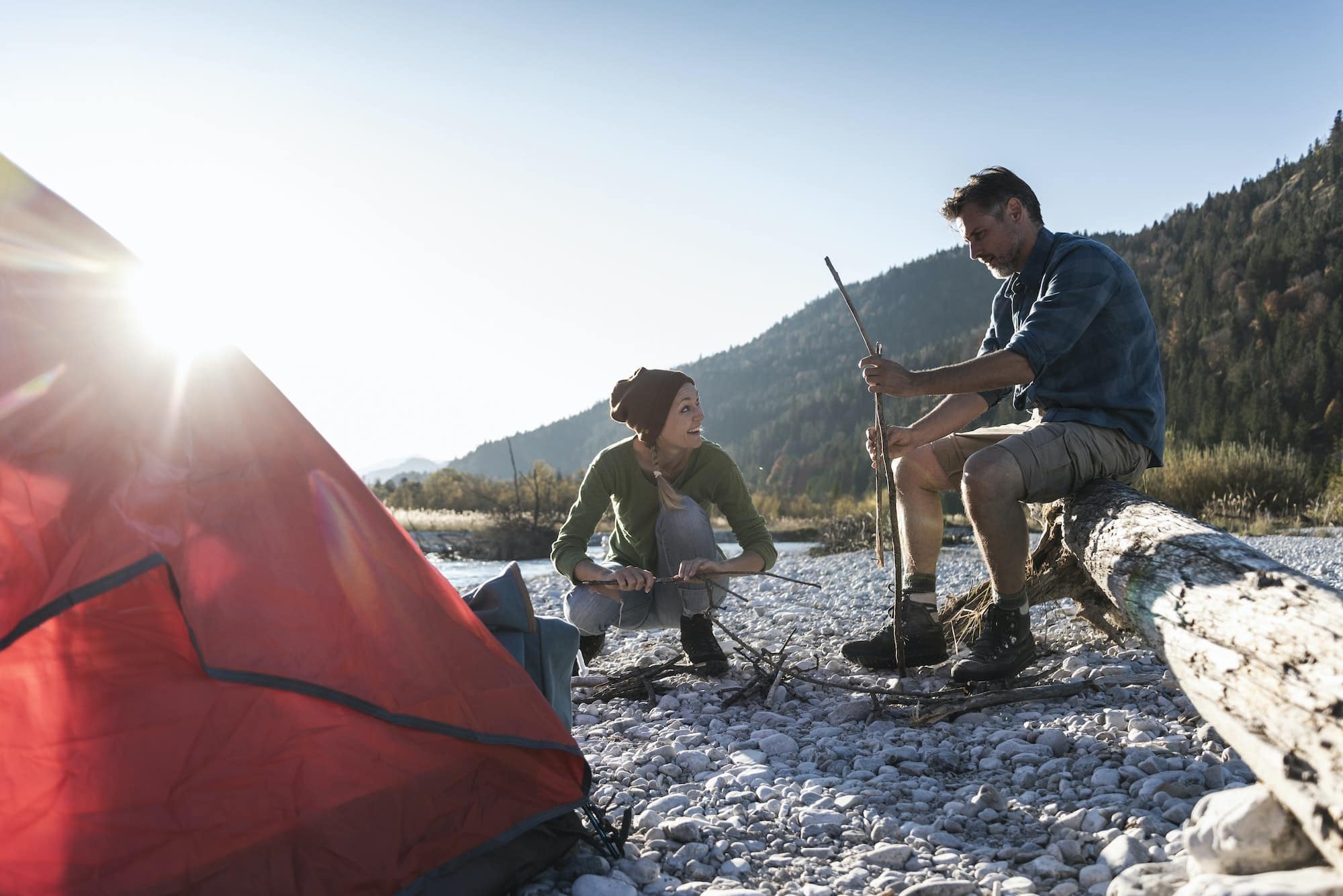What are the latest rules for camping in Scotland’s national parks?

Whether you are an experienced outdoor enthusiast or a beginner, camping offers the chance to reconnect with nature, escaping from the hustle and bustle of modern life. Scotland, known for its stunning landscapes, is one of the best locations to pitch a tent. But before you pack your camping gear, it is crucial to understand the latest rules governing camping in Scotland's national parks. The country's diverse land and water ecosystem requires campers to adopt best practices to preserve the environment. Let's explore the latest rules for camping in Scotland's national parks.
Know Your Right to Access
Scotland's access rights are among the most welcoming worldwide, with the Land Reform Act (Scotland) 2003 providing everyone access to most land and inland water. However, you still need to adhere to the Scottish Outdoor Access Code. It mandates that you act responsibly when in the wild and avoid causing damage to the environment.
A voir aussi : How to discover hidden art galleries in Manchester's Northern Quarter?
It's also important to note that the Scottish access rights apply more to wild camping than to established campsites. When it comes to camping within designated camping management zones, such as some areas in the Loch Lomond and The Trossachs National Park, the rules are slightly different. You may need to acquire a permit during the peak season from March to September.
Choose the Right Camping Spot
Scotland is blessed with many picturesque camping locations. However, you don't just pitch your tent anywhere. When wild camping, make sure to set up your camp at least a hundred meters from a road or building. The spot should also be well away from livestock, crops or historic structures.
A découvrir également : Which walking paths in the Brecon Beacons are suitable for toddlers?
Do your research beforehand to find out if the chosen area is part of a designated Camping Management Zone. If it is, you will need a permit to camp there. It is recommended to camp in small numbers, ideally in groups not exceeding eight. If you are planning a larger gathering, it is best to seek out established campsites or park facilities.
Fire Management and Waste Disposal
Fire is an essential part of camping, providing heat, light, and a means to prepare food. However, the misuse of fire can lead to devastating consequences for the environment. When camping in Scotland's national parks, only light fires in designated areas or use a camp stove. Ensure your fire does not damage the ground or surrounding vegetation or disturb wildlife or other people. Keep your fire small and under control, and ensure it is completely extinguished before leaving your campsite.
Another crucial aspect of responsible camping is waste disposal. Carry out all litter, leftover food, and any other waste to leave the campsite as you found it. If you have to dispose of toilet waste, do so at least 30 meters from open water, roads, or buildings. Bury the waste in a small hole in the ground, ensuring to cover it properly afterward.
Respect for Wildlife and Surrounding Environment
Scotland's national parks are home to many wildlife species, and it's only fair that when you visit, you respect their home. Avoid disturbing wildlife or damaging their habitats. Keep a safe distance from any animals you encounter and remember that feeding wildlife is not allowed as it can cause them harm and create dependence on humans.
The same respect should extend to the surrounding environment. Avoid causing unnecessary erosion by sticking to established trails. Do not pick flowers or plants or remove rocks or other natural items from the park. The principle is simple – leave what you find for others to enjoy and for nature to thrive.
Adhering to Park-Specific Rules
While Scotland's access rights apply across the country, each national park may have additional rules. For instance, in Cairngorms National Park, dogs must be kept on a lead from April to August to protect ground-nesting birds. It's always worth checking the specific rules of the national park you plan to visit to make sure you're not unknowingly breaking any.
As you prepare to embark on your travel adventure, remember that while Scotland's access rights are liberal, they come with responsibilities. Your actions can either enhance or harm the environment. Always opt for the former, not just for the sake of obeying the rules, but because preserving these beautiful outdoor spaces is beneficial for everyone.
Plan for Your Camping safety and comfort
Planning for safety and comfort is an essential aspect of camping in Scotland. With its unpredictable weather, Scotland urges campers to prepare for all eventualities. Remember, safety begins with you.
When wild camping, be sure to pack necessary survival gear, including a sturdy, weatherproof tent and a warm sleeping bag. Include a first aid kit, plenty of water, and non-perishable food.
Layers are key in the Scottish climate, so pack accordingly. Have both warm and cool clothes, rain gear, sturdy shoes and remember to adjust your clothing as the weather changes.
Make yourself aware of the potential risks and hazards in the area you intend to camp. These may include cliffs, rivers, lochs, and wild animals. Cairngorms National, being a particularly wild and remote area, requires extra caution.
Planning your route is vital. Use maps to familiarise yourself with the terrain, and always let someone know your intended route and return date. Be aware that mobile phone signal can be unreliable or non-existent in remote areas.
Finally, respect the privacy of others. Whether it's other campers or local residents, always maintain a respectful distance. The Outdoor Access Code advises not to cause any unnecessary noise or disturbance. Campsites in Scotland are usually quiet places, and it's important to maintain this peaceful atmosphere.
How to Leave No Trace
The principle of 'Leave No Trace' is central to sustainable camping and it's a mantra that all campers should follow. Essentially, this involves leaving the camping spot in the same condition you found it, or even better.
When you leave your campsite, make sure there's no sign that you were ever there. All litter, including biodegradable items like fruit peelings or seeds, should be taken away and disposed of in an appropriate manner.
If you've had a campfire, remove all traces of it and ensure the fire is fully out before you leave. Use only established fire pits or a camping stove to prevent damage to the ground or vegetation.
Importantly, if you're camping in a tent, make sure to pack it and all of your belongings away. Do not abandon any equipment or belongings. Not only does this contribute to littering, but it's also a waste of resources.
By following the 'Leave No Trace' principle, you are actively helping to preserve Scotland's beautiful natural landscapes for future generations of campers to enjoy.
Conclusion
As you venture out for your wild camping experience in Scotland's stunning national parks, it is important to remember that the freedom to access these landscapes comes with a responsibility. The Scottish outdoor access rights allow you to fully immerse yourself in nature, but they also require you to act responsibly and with consideration for the environment and other people.
Whether you're pitching your tent by the serene shores of Loch Lomond, exploring the rugged beauty of Cairngorms National, or sleeping under the stars somewhere in between, keep in mind your duty as a camper. Respect the wildlife, abide by the access code, leave no trace, and ensure your actions enhance, rather than harm, these precious outdoor spaces.
With the right planning, attention to safety, and commitment to sustainable camping practices, your camping experience in Scotland will allow you to connect deeply with nature while also preserving it for generations to come.
